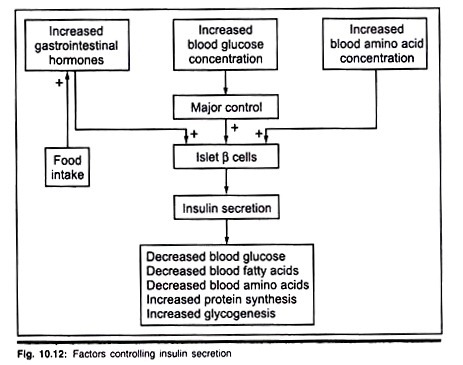A living being, called organism (any living plant or animal) represents a characteristic level of organization; it shows responsiveness and adaptability, it acquires materials and energy; it reproduces, and shows growth, development, ageing and death.
These attributes distinguish living from the non-living.
In the living, the organizational levels consist of molecules and compounds, living cells, tissues, organ systems, individual (organism), population, community, ecosystem, and biosphere.
Thus, living form, although made up of simple molecules, represent a rather complex organization.
Broad Classification of Organisms:
All the organisms require energy to live and obtain energy in different ways. There are two major divisions of organisms — autotrophs and heterotrophs. An autotroph (Gk. aut, self, and troph, feeder) is an organism that can make organic molecules from simple inorganic nutrients in its environment. Green plants use light (as the source of energy), water, carbon dioxide, and inorganic ions to manufacture their food in the process of photosynthesis.
Hence, they are called photoautotrophs. Some organisms make their food by using energy derived from the oxidation of inorganic substrates in the environment. They are called chemoautotrophs. Many prokaryotic orgnanisms are chemoautotrophs (Table 2.1). A heterotroph (Gk. hetero, different, and troph, feeder) is an organism that cannot synthesize organic compounds from inorganic nutrients in its environment and therefore must take in preformed food. All animals and fungi depend on heterotrophy. A saprotroph (Gk. sapro, putrid, and troph, feeder) is an organism, usually a bacterium or fungus that digests dead organic matter; secretes digestive enzymes and absorbs the resulting nutrients back across the plasma membrane. Heterotrophic nutrition of animals involves ingestion, digestion, absorption and assimilation of food. The undigested food is excreted.
A heterotroph (Gk. hetero, different, and troph, feeder) is an organism that cannot synthesize organic compounds from inorganic nutrients in its environment and therefore must take in preformed food. All animals and fungi depend on heterotrophy. A saprotroph (Gk. sapro, putrid, and troph, feeder) is an organism, usually a bacterium or fungus that digests dead organic matter; secretes digestive enzymes and absorbs the resulting nutrients back across the plasma membrane. Heterotrophic nutrition of animals involves ingestion, digestion, absorption and assimilation of food. The undigested food is excreted.